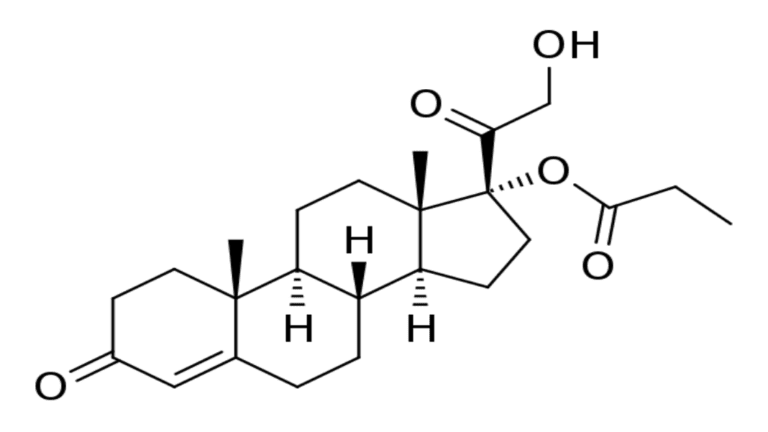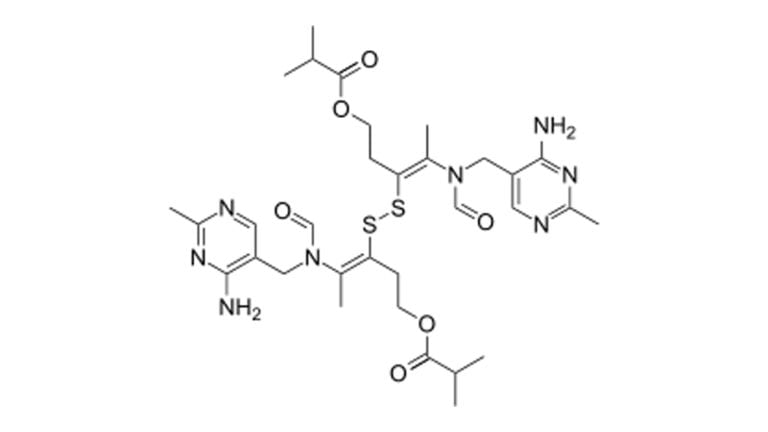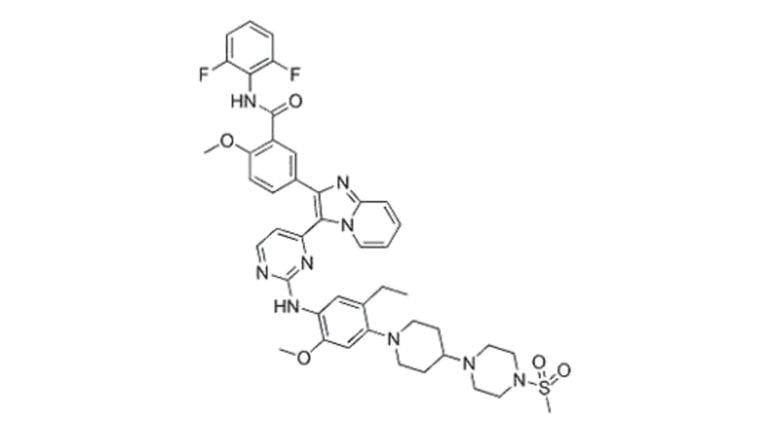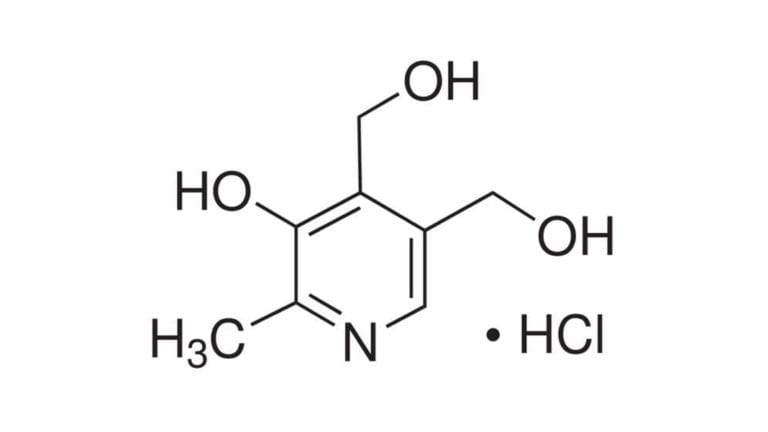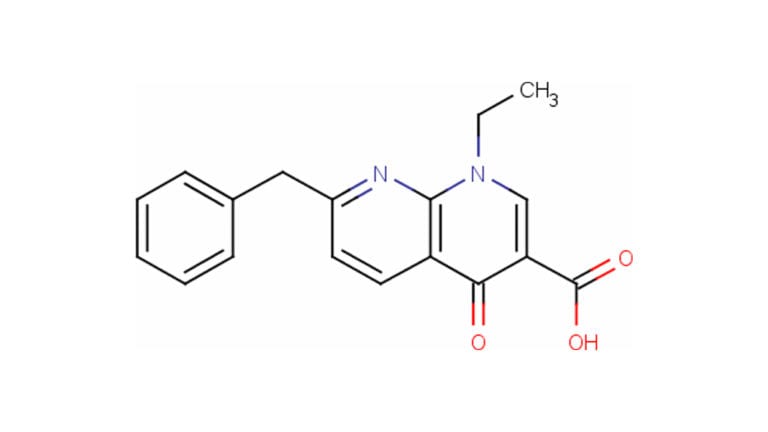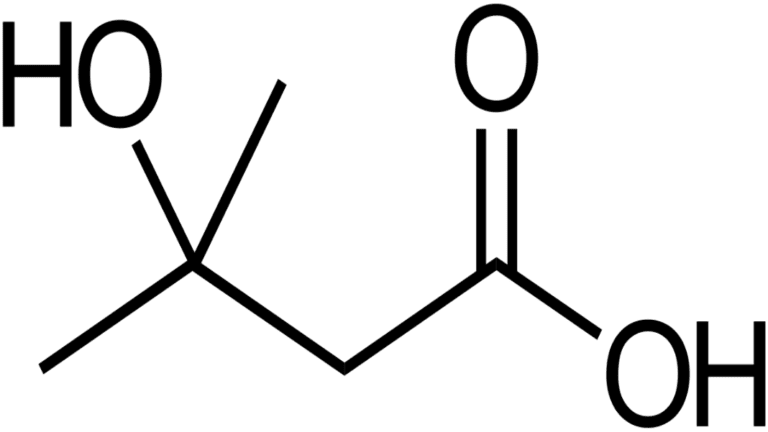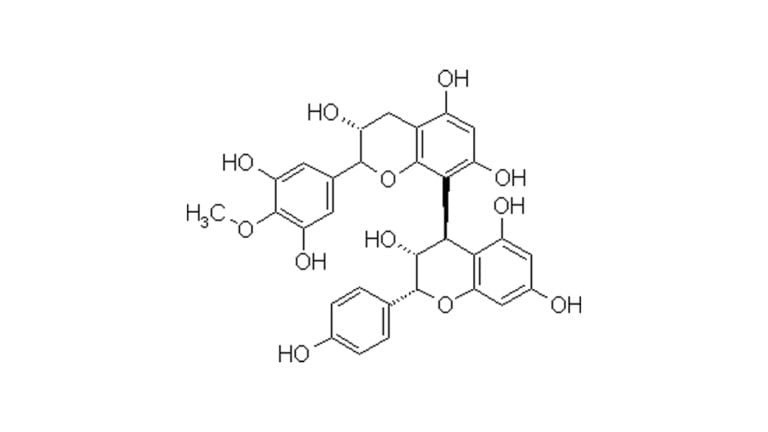Long arginine three-IGF-1, abbreviated as IGF-1 LR3 or LR3-IGF-1, is a synthetic protein and lengthened analogue of human insulin-like growth component 1 (IGF-1). It differs from native IGF-1 in that it possesses an arginine instead of a glutamic acid on the third role in its amino acid sequence (“arginine three”), and also has yet another 13 amino acids at its N-terminus (MFPAMPLLSLFVN) (“long”), for a complete of eighty three amino acids (relative to the 70 of IGF-1). The penalties of those changes are that IGF-1 LR3 retains the pharmacological exercise of IGF-1 as an agonist of the IGF-1 receptor, has very low affinity for the insulin-like progress factor-binding proteins (IGFBPs), and has accelerated metabolic balance. For that reason, it’s roughly thrice extra powerful than IGF-1, and possesses a greatly longer 1/2-life of about 20–30 hours (relative to IGF-1’s half-life of about 12–15 hours).
